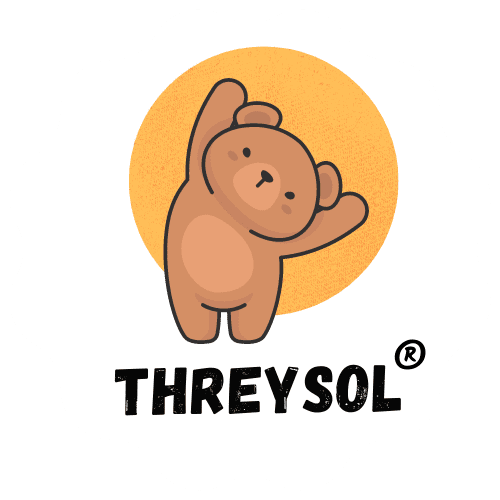Let's take a sneak peak at Verbal Behavior approach
Interventions available for Autism Spectrum disorders are many. From sensory integration therapy to DIR floor time there are multiple approaches in the list. One of the evidence based approaches that I follow in my private practice and have experienced phenomenal progress in children's communication is "Verbal Behavior Approach". In this blog I'm sharing snippet information about the approach taking reference from the book "The Verbal Behavior Approach" by DR. Mary Lynch Barbera, with a mix of my personal experiences.
The VB approach builds on all of the ABA research but also enhances a child's ability to learn functional language. VB adds an applied Behavior Analytic approach to teach all skills including, most importantly, language skills, to children with Autism and related disorders. Language is treated as a behavior that can be shaped and reinforced while careful attention is paid not only to what a child is saying but why he or she is using language. This aspect has completely changed the way I look at Language. I have started working on to develop functional communication as the first and foremost goal in my kids. Today I see my kids expressing not only their needs appropriately but also expressing their dislikes, seeking information etc with different people, in different contexts and in different situations which is what I call "Sustainable communication".
A verbal behavior approach almost always reduces tantrums and other problem behavior because it begins by assessing what your child likes and then uses those items and activities (called "reinforcers" because they reinforce desired behaviors) to motivate the child to do the work necessary so he begins to learn. Once the reinforcers have been identified, the central theme for a VB approach is to teach your child how to make specific requests. B.F Skinner called this a "Mand". The mand is the center piece of VB Programming.
With the reinforcers in place, the instructor can begin the process of teaching. Because the verbal behavior approach is very child-centered, it's important that the instructor be surrounded by all the child's reinforcers and give the child "Freebies" without requiring anything from the child. The child will learn to associate the adult as the giver of all good things instead of as a teacher who will make them do tasks they may not want to do. "Pairing" the table, instructors, work area, and materials with the child's reinforcers is the key in the beginning of a VB program. The goal is that the child will be running toward the instructor and work areas.
I would like to share a funny incident that happend the other day. I noticed that one of my kid was waiting for me before my cabin's door as I have gone for lunch. She happend to pull the chair all the way to my cabin's door and decided to wait there till I come (though it was not her slot). LOL!!! we had to convince her that it was not her therapy session. This is an example of how the setting and therapist gain reinforcing value eventually.
In the Verbal Behavior approach the child will immediately start receiving things and then soon will be asking for things (either verbally or using sign language). Eventually with systematic programming, the child will begin to ask for items that aren't on the table or anywhere in sight, either vocally, by using sign language, or less often with pictures. Once the child is responding to the reinforcers and asking for a several items or activities, the work is slipped in very very gradually.
Using Verbal Behavior approach will be the answer for parents who ask "where do we begin?" It helps us in establishing an alternate and appropriate means of communication that inturn helps in reducing tantrums or inappropriate behaviors to begin with.
Posted by:
Ms. Sai Harika Boppana,
Founder & Director,
Consultant SLP, RBT, OPT (Level-2)
Ms. Sai Harika Boppana,
Founder & Director,
Consultant SLP, RBT, OPT (Level-2)
